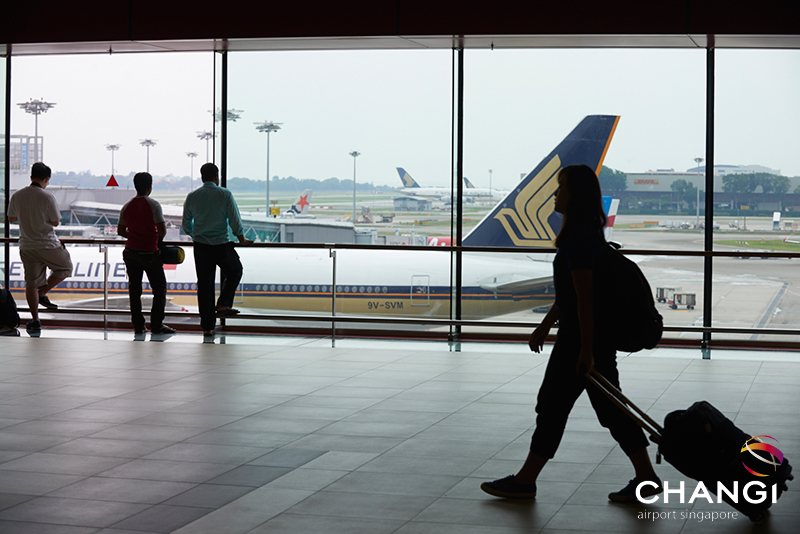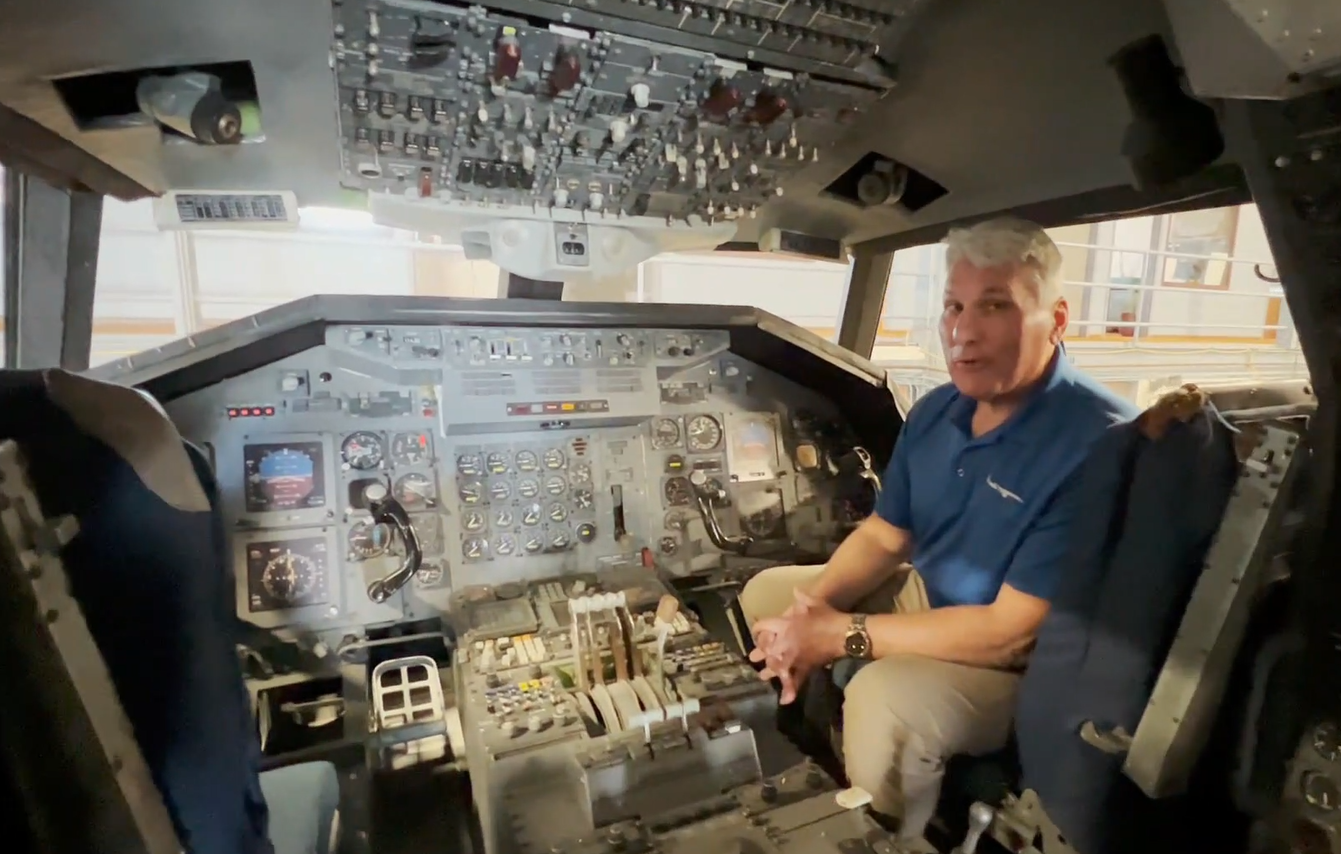Fascinating aviation statistics that may surprise you
31 July, 2019
3 min read


You might think that Americans would be the nationality traveling the most on international routes but new aviation statistics show you’d be wrong.
Instead, the honor in 2018 fell to the United Kingdom.
More than 126 million journeys were taken by UK citizens in 2018, 8.6 percent of all passengers, compared to 111.5 million by Americans.
China came third at 97 million followed by Germany (94.3 million) and France (59.8 million).
The figures are among some fascinating aviation statistics released Wednesday by the International Air Transport Association.
READ: Airfares to hit some countries harder in 2020.
They show that the number of city pairs connected by airlines has doubled since 1998 as 4.4 billion passengers flew in 2018 at about half the real cost of ticket two decades ago.
Fuel efficiency at airlines improved by 12 percent compared to 2010 and airlines have pledged to do more.
’Airlines are connecting more people and places than ever before,’’ said IATA director general Alexandre de Juniac said.
“The freedom to fly is more accessible than ever. And our world is a more prosperous place as a result.
“As with any human activity, this comes with an environmental cost that airlines are committed to reducing. We understand that sustainability is essential to our license to spread aviation’s benefits.
“From 2020 we will cap net carbon emissions growth. And, by 2050, we will cut our net carbon footprint to half 2005 levels.”
The statistics show the Asia-Pacific is now by far the biggest market with a 37.1 percent market share and 1.6 billion passengers.
It is followed by Europe (26.2 percent and 1.1 billion passengers) and North America (22.6 percent and 989.4 million passengers).
When it came to airlines, the top five in terms of scheduled passenger-kilometers was dominated by the "big three" US carriers.
American leads followed by Delta and United. Then come Emirates and Southwest.
The Star Alliance maintained its lead as the largest alliance in 2018 with 21.9 percent of scheduled traffic measured in revenue passenger kilometres. It was followed by SkyTeam (18 percent) and one world (15.4 percent)
The top five international airport pairs were all in Asia. They were Hong Kong-Tapei Taoyuan, Bangkok Suvarnabhumi - Hong Kong, Jakarta Soekarno-Hatta - Singapore Changi, Jakarta Soekarno-Hatta - Singapore Changi and Kuala Lumpur–International – Singapore Changi
The top five domestic passenger airport pairs were Jeju-Seoul Gimpo, Fukuoka-Tokyo Haneda, Melbourne Tullamarine-Sydney, Sapporo- Tokyo Haneda and Beijing Capital-Shanghai Hongqiao.
Other facts released Wednesday show;
- The 4.4 billion passengers carried on scheduled services was an increase of 6.9 percent over 2017, representing an additional 284 million trips by air.
- The development of the low-cost carrier (LCC)* segment continues to outpace that of network carriers.
- Measured in ASKs (available seat kilometers), LCC capacity grew by 13.4 percent almost doubling the overall industry growth rate of 6.9 percent. LCCs accounted for 21 percent of global capacity in 2018, up from 11 percent in 2004.
- In terms of available seats, the global share of LCCs in 2018 was 29 percent reflecting the short-haul nature of their business model. This is up from 16 percent in 2004.
Next Article
2 min read
Qantas triples profit but misses mark

Get the latest news and updates straight to your inbox
No spam, no hassle, no fuss, just airline news direct to you.
By joining our newsletter, you agree to our Privacy Policy
Find us on social media
Comments
No comments yet, be the first to write one.
